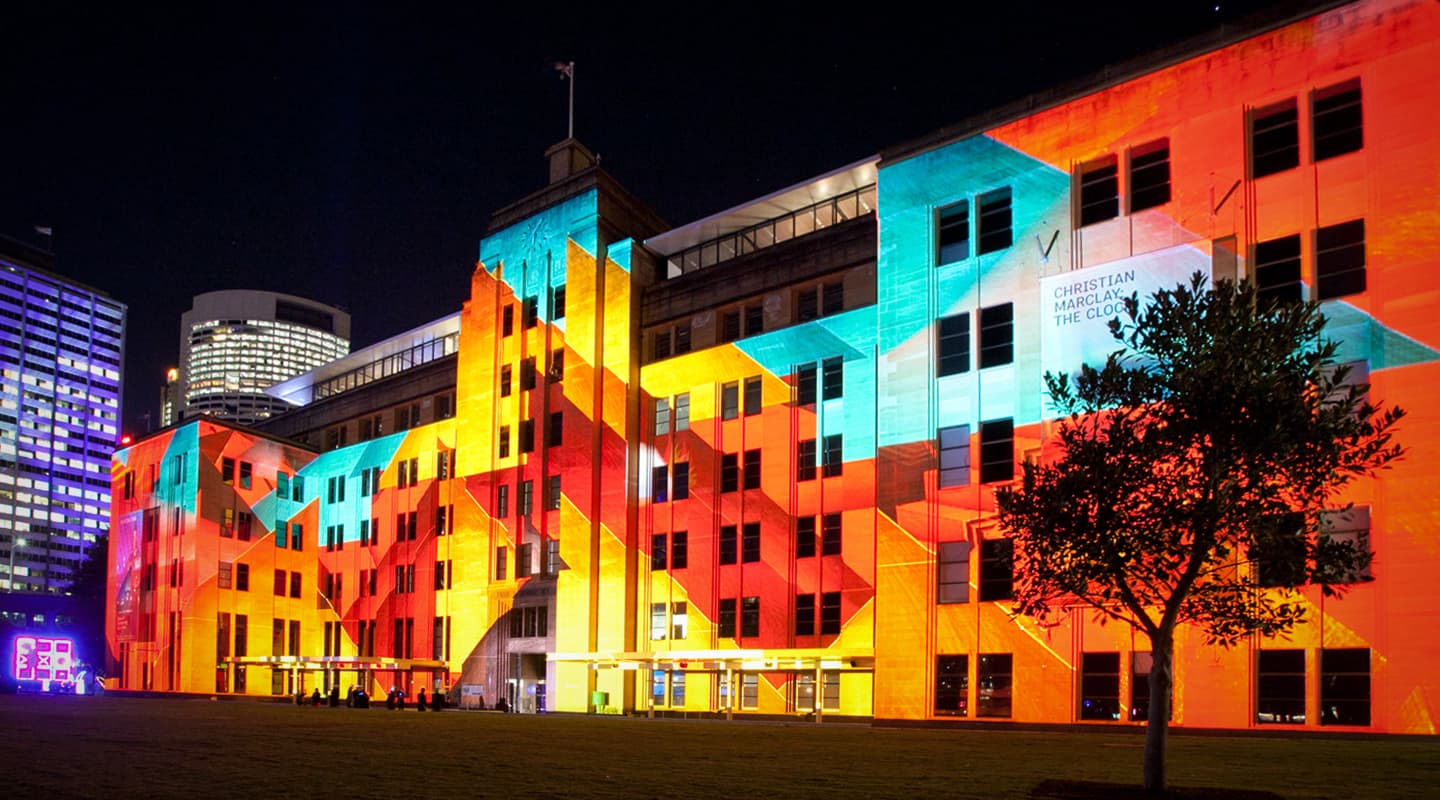
Intensely Vivid Sydney
Sydney’s winter gift to AV industry.
Text:/ Andy Ciddor
Destination NSW (it seems that being a ‘Tourism Department’ isn’t fashionable at the moment) has taken on the task of getting people into the city of Sydney, even when the weather isn’t all that conducive to the usual occupations of sitting on the lawns or dining alfresco. Like so many other big cities, including that unmentionable only-slightly-smaller city some 950km to the south, it has come up with a winter lights festival as the vehicle to entice people out of their nice cosy homes in the suburbs and into the central city.
Now in its fourth year, the Vivid Sydney festival continues to grow in both depth and breadth, as it moves towards becoming a truly Sydney event, rather than just another winter festival that happens to be staged in Sydney. Although it encompasses strands focussed around Light, Music and Ideas, the festival’s signature event remains the projection on the ‘sails’ of the Large Building on Bennelong Point. (The licensing restrictions on the use of the title are so stringent that I’m afraid I’ll blow my entire 2013 editorial budget if we print the official name of that performing arts complex.)
As each of the three strands of the Vivid festival has developed and become more appealing to the general public, some of its original lofty ideals and artistic rhetoric have dwindled away as the realisation has dawned on the organisers that if they want to attract punters for the cafés, pubs, take-aways, clubs, retail stores and street vendors, they really need to go for accessible fare like the proverbial ‘bread and circuses’.
THE LIGHT THAT WALKS
Nowhere is this more apparent than in the Vivid Sydney Smart Light Walk where the High Art works of (often really obscure) light sculpture that graced the first three festivals, were this year mostly replaced by what amounts to a luminous fun fair. Now extended to all the way round Circular Quay to include the Walsh Bay precinct and thus drive the foot traffic past even more retail premises, this year’s collection of exciting, cute, obvious and engaging works only required thought to work out how to operate them, rather than what their message was.
One of the more intriguing aspects of the Vivid Sydney festival is its emphasis on using Smart Light (high-efficiency light sources) everywhere, and in particular its obsession with LEDs. I was however pleased to see a few light sculptures that embraced electroluminescent wire and tape. EL is a great technology, forlornly seeking some real-world problems to solve.
What makes Vivid’s constant pushing of the energy efficiency message so weird is that the festival is all about getting people out of their nice warm houses to consume vast amounts of energy travelling into the city to look at an energy efficient light sculpture, projection or floodlit building, then sit down to eat their dinner or drink their beer under outdoor heaters pouring hundreds of kilowatts of energy into the cold night. Wouldn’t the NSW government’s money be better spent convincing the populace to stay at home and convert their dwellings into well insulated efficiently-heated havens from the cold. Perhaps they could subsidise the installation of insulation instead (or has some previous government tried that already?).
(above) The facade of the Museum of Contemporary Art. Image courtesy Technical Direction Company

PROJECTION FACTIONS
There’s no doubt that the headline acts of the Vivid Sydney festival are the striking architectural projections which this year included works on Those Sails, Customs House, the old Museum of Contemporary Arts (MCA), the brand new Mordant Wing of the MCA, Cadman’s Cottage and the Billich Gallery.
So much big image projection, packed into just one area of the city wouldn’t be possible if Sydney didn’t already have two world-class projection companies ready to take up the challenges and ‘compete’ with each other to garner the highest accolades for their work.
In the blue corner, the former Commonwealth and Olympic heavyweight champion of the PIGI film projection world – The Electric Canvas (TEC), with its fleet of Christie Roadster projectors, its OnlyView software and an in-house content design team.
In the other blue corner, a big-hitting slugger in the video production and LED screen world – the Technical Direction Company (TDC), with its fleet of Barco projectors and Dataton software, working as a tag team with world heavyweight content developers, the Spinifex Group.

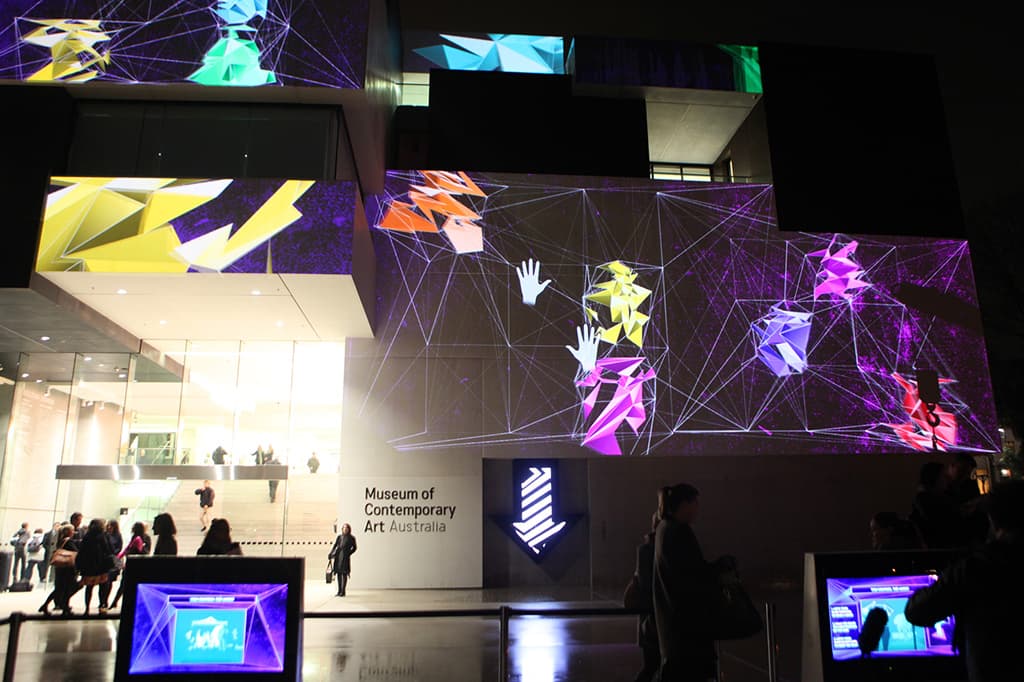
LIGHTING THE SAILS
In 2012, as they have for all previous Vivid festivals, The Electric Canvas provided a complete Onlyview turnkey projection platform for the guest artists work. TEC supplied German video art collective Urbanscreen with high definition 2D images, projection templates and full coordinates from a 1mm-accurate 3D laser scan of the sails.
The sails were covered by 11 Christie Roadster S+20K, and three Roadster S+18K, projectors with 11.2:1 lenses, all very securely attached to the structure of the Overseas Passenger Terminal some 450m away on the other side of Circular Quay. The housings covering the projector rig were mechanically isolated from the projector support system to avoid any transfer of weather vibrations to the projectors inside.
A second rig of three Christie Roadster S+18K projectors was located on the eastern side of The House to cover the front group of sails for visitors approaching from that side. Because this projection was out of sight of the main projection control point, it was monitored via an IP camera fed back to the control point via microwave link. TEC’s low power FM radio transmitter at the OPT carried the soundtrack for the main sails projection. A rig of Crown-powered JBL CBT 70 line array units supplied live sound to the precinct, picking up its program feed from the FM transmitter.

CUSTOMS HOUSE
After their well-received Customs House façade projection in 2011, this year the creative team at TEC engaged their audience with a highly-detailed animated work, City Life, depicting a day in the life of ‘worker man’. The intricately designed city used the fine detail of the architecture to create busy roads, railway tracks, and the minutiae of a city. The projection system was a fully 3D-mapped rig of eight Christie Roadster S+20K DLP projectors mounted on four slender, custom-built towers on the building’s forecourt. To keep the system neat and reduce the risk of unwanted ‘audience participation’, all cabling was overhead.
OLD MCA
The front façade of the old Museum of Contemporary Art featured a 10-minute work inspired by the Russian Constructivist movement. The work was a collaboration between the Spinifex group and Australian multimedia-artist Justene Williams, whose work is part of the MCA’s collection. Directed by Spinifex’s Richard Lindsay and Caterina Vicaretti, the projection sees a series of bright, colourful and constantly-evolving animations designed and mapped onto the building’s architecture. Building dimensions were checked against CAD construction plans and onsite measurements together with a little assistance from Google Earth.
The projection system, put together by TDC under the guidance of Olin Winton, consisted of 15 x Barco R22+ projectors for an effective area of 9800 x 3000 pixels. The content was created as a single 2D image that was then divided into seven vertically-blended projection zones for smooth playout. Images were fed out by 4 x Watchout 5.2 servers and a Watchout 5.2 production machine.
Projection onto a building that was a construction zone until the night of the launch was fraught with hiccups. “Early designs for the projector layout had us using five towers to shoot around the previous existing trees,” reveals Winton. “But after receiving new plans from Destination NSW we ended up splitting the projectors into three towers to minimise the shadows caused by the new trees being planted.”
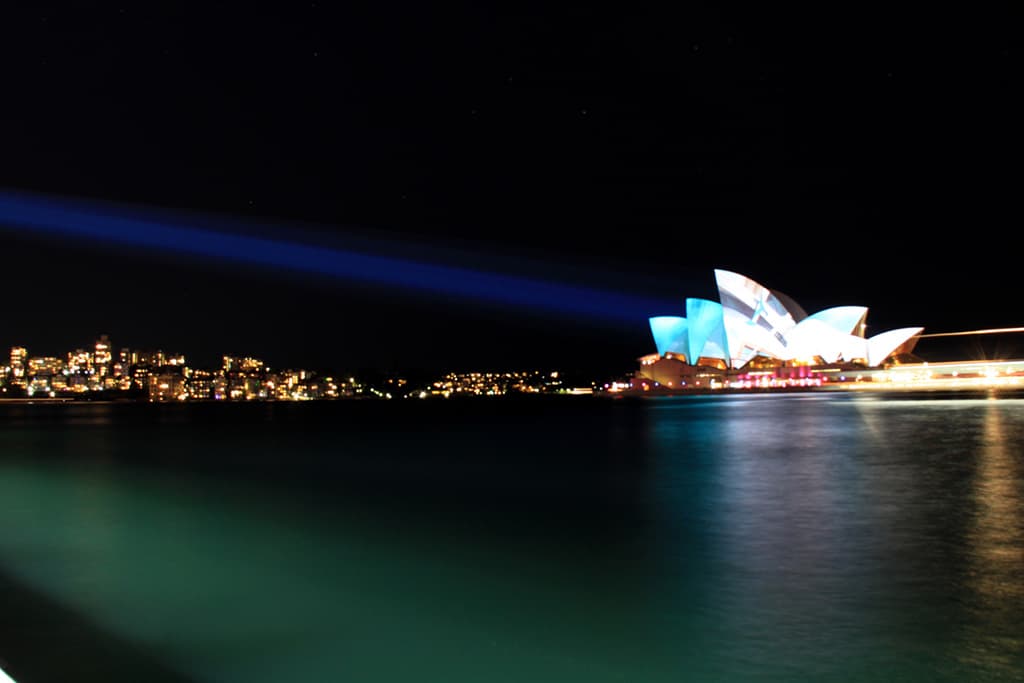
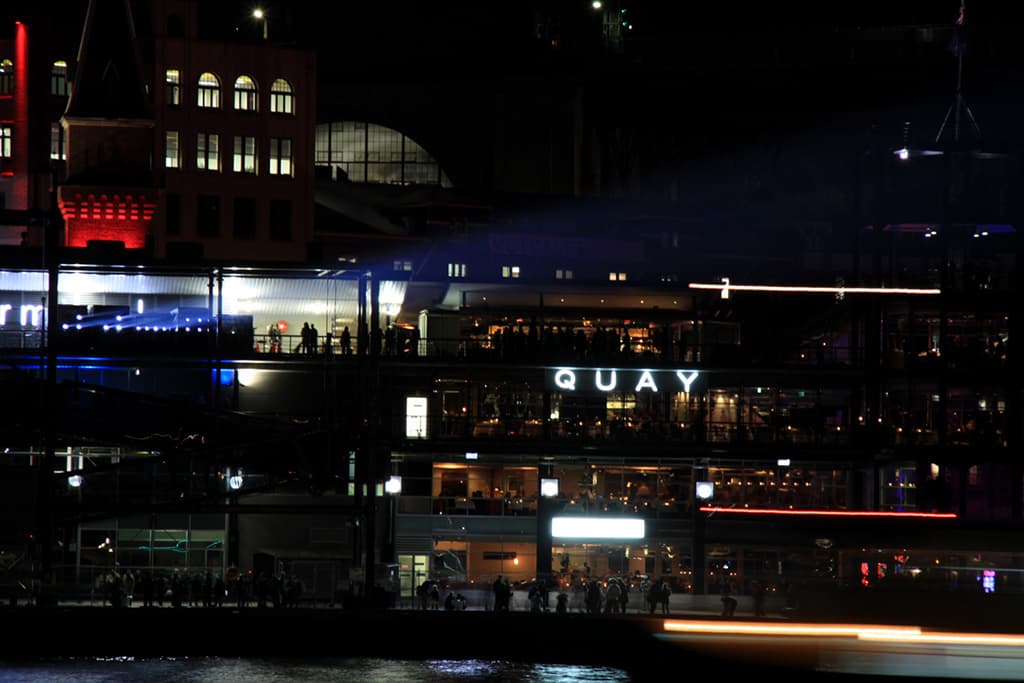
NEW MCA
The very contemporary façade of the new Mordant Wing of the MCA hosted an interactive light and music work developed by the Spinifex team and Black Eyed Peas frontman and Intel’s Director of Creative Innovation, will.i.am. The musical stylings and deep-funk samples of will.i.am form the basis of an app created by DJ Keebz, which the coders at the Spinifex Group transformed into a user-controlled game. The installation allowed the public to use arm and hand gestures to literally ‘play the building’ via an interface that interacts with will.i.am’s music and visuals by Justene Williams from Spinifex.
Audience interactivity was achieved through an Xbox Kinect gesture interface device attached to a Mac Mini at each of the three interaction positions. The content was generated by two Macs producing the graphical elements, while a third generated the audio. As there were five projection surfaces on the building and only the two Macs producing displays, the content was created as five unique pixel areas, shared across the two 1920 x 1080 outputs. TDC supplied the Spyder X20 that cut up the images and rearranged them across the four of its Barco R22+ projectors that were covering the building. Due to a tree being planted in the late stages of construction, another tower had to be added to create a blended section to shoot around this new obstacle.

CADMAN’S COTTAGE / BILLICH GALLERY
In a move that is as curious as it is bold, the Australian Bureau of Statistics had a projection work created for it by Spinifex on the wall of the Billich Gallery that overlooks the historic Cadman’s Cottage. Designed to promote the upcoming release of the data from the 2011 census, the 18m x 14m animated projection seemed like a very well designed, but ultimately pointless, attempt to engage Vivid festival goers in something that will only hold their attention until they see the next tree wrapped in colour-changing LED ropelight.
Spinifex also produced an interactive attraction for the ABS that enabled punters to select the infographics being projected onto the façade of Cadman’s cottage, using a 52-inch touch-surface. To complete the engagement with the festival visitor,s the ABS set up five touchscreen web kiosks to access the award-winning ABS website. Each of these buildings was covered by a pair of Barco R20+ projectors. The Cadman’s Cottage projectors were fed directly from the surface, while the Billich Gallery projectors were fed from a Watchout server.
How anyone from Vivid can justify this as anything other than taking money from the Commonwealth government and giving them not much in return is beyond me. I’m still trying to work out how promoting the census ties into a festival of light, music and ideas.
FUN ON A TRIKE
Perhaps the most outrageous projection project I came across at Vivid was a pair of young men: one an electrical power engineering student, the other a multimedia artist, traipsing around the Rocks area with their electric trike. Mounted on the back of the trike and running from its lead-acid battery bank was an inverter-powered office-class projector, connected to an iPad. The iPad’s camera was used to grab an image of a nearby wall that was then feature-mapped into a projected game of Pong that passers-by could play using the iPad’s touchscreen as a game controller. Sponsored by the festival, this guerrilla projection team were tasked with popping up at random around the Lite Walk and engaging visitors in a bit of fun.
If there’s any take-home message from the Vivid Sydney festival, it’s that there are plenty of creative and commercial opportunities for the AV industry to supply video, comms, design, consulting, content, data, power, staging, security, projection, lighting, sound, production management, logistics and facilities management, to events ranging from small meetings about big ideas, and concerts of all sizes, to projections on both the micro and macro scale.
MORE INFORMATION
Vivid Sydney festival: www.vividsydney.com
The Electric Canvas: www.theelectriccanvas.com
Technical Direction Company: www.tdc.com.au
The Spinifex Group: www.spinifexgroup.com

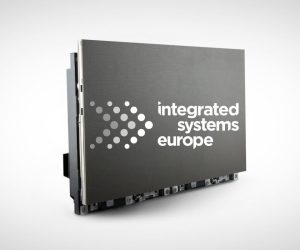
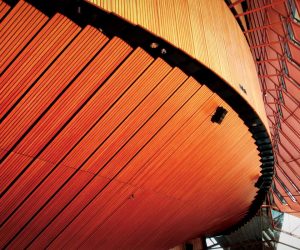
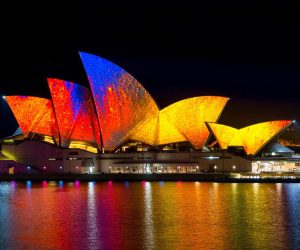

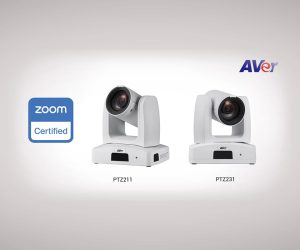
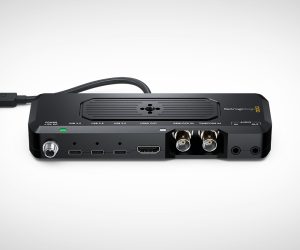

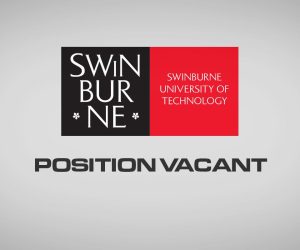

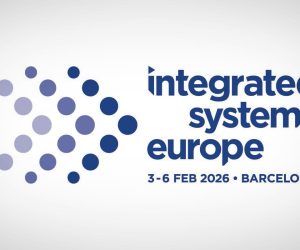
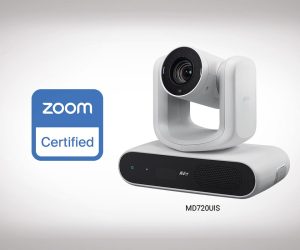
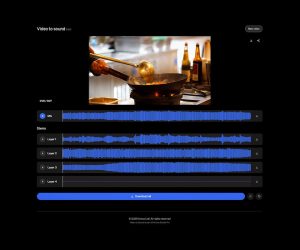


RESPONSES